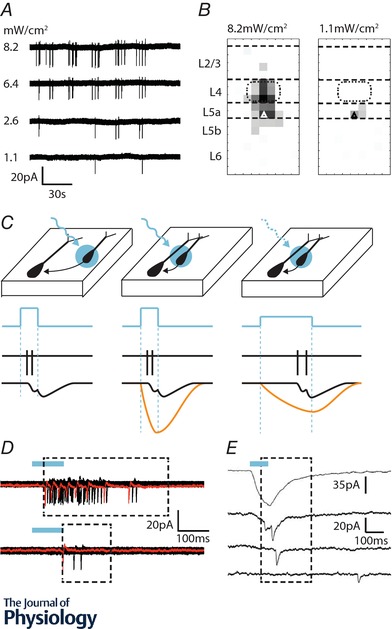Figure 3. Optimising LSPS laser calibration and event detection.

A, loose cell‐attached recordings of action potentials (APs) evoked by glutamate uncaging in a layer 5a pyramidal cell in primary somatosensory cortex at postnatal day 8 (P8). The laser was fired (1 Hz) across a 50 μm resolution grid that covered the depth of a cortical column at this age. Decreasing laser intensity reduced the number of sites at which APs were elicited. B, average maps showing the distribution of points at which APs can be evoked in a recorded layer 5a pyramidal cell (triangle). At high laser power (left) APs can be evoked across layers 4 to 5b as well as at a single point in layer 2/3. Using a low laser power (right) confined action potential generation to sites in the immediate layer 5a, providing good spatial resolution. C, identifying light‐evoked synaptic responses is straight forward for distal presynaptic neurons (left). However targeting presynaptic neurons close to the recorded cell (middle) invariably results in a direct glutamate response (orange line, bottom traces) with an onset locked to the start of the laser pulse. Large direct responses can obscure evoked synaptic responses. Using a long duration, low intensity laser pulse (right) leads to a slower direct glutamate response from which synaptic responses are more readily extracted (see E). D, action potentials evoked from the same neuron upon laser stimulation across the entire depth of the cortex at the two laser intensities shown in B. The monosynaptic event windows (dashed box) begins at the earliest spike and ends 100 ms after the last spike is detected. Top trace recorded at 8.2 mW cm−2, bottom trace, 1.1 mW cm−2. E, example traces recorded from a layer 5a fast spiking (FS) interneuron: top trace, direct glutamate response evoked when the laser was fired at the cell body of the FS interneuron. Despite the careful calibration and slow laser pulse no excitatory postsynaptic current (EPSC) could be extracted from this single spot. Second trace, EPSCs are evoked as a delay from the laser onset and can be extracted from the low amplitude direct response. Third trace, an EPSC evoked from a pyramidal cell distal from the dendritic arbour of the FS cell. Bottom trace, a spontaneous or polysynaptic EPSC that falls outside of the monosynaptic event detection window.
